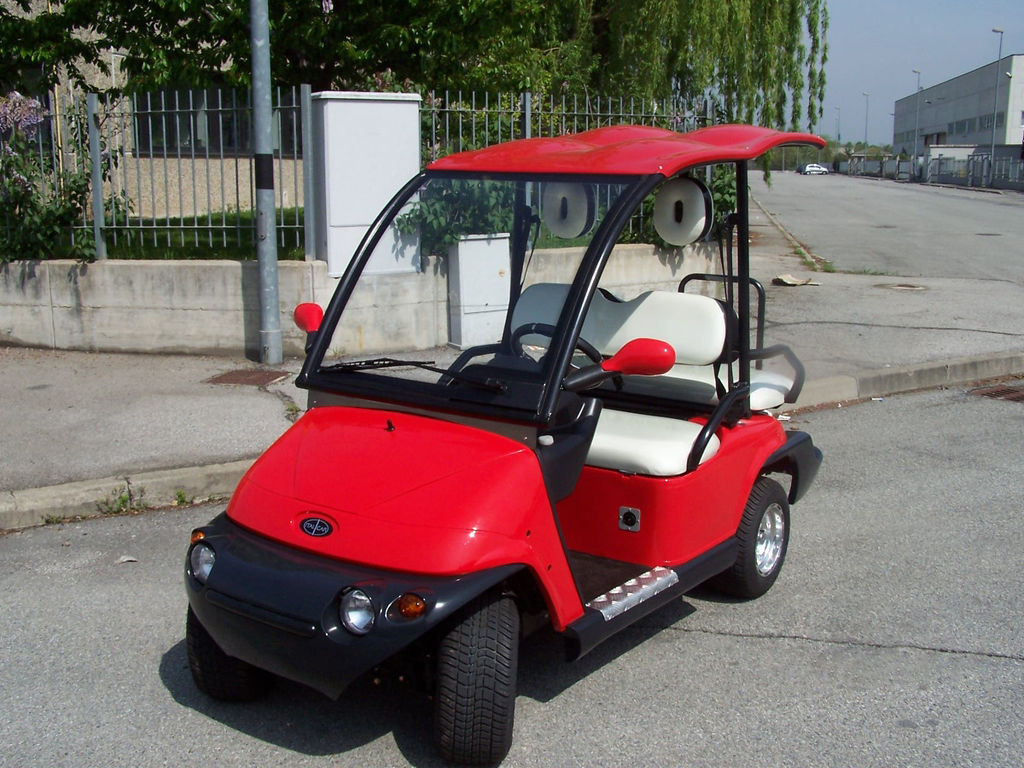
When most people think of electric vehicles (EVs), they envision electric cars and trucks. There are now over 16 million EVs on the road, according to the International Energy Agency (IEA). But EVs aren’t limited to electric cars and trucks. They include other types of vehicles with an electric, non-combustion motor, such as neighbor electric vehicles (NEVs).
Overview of NEVs
NEVs are a type of EV designed for low-speed travel in neighborhoods and on other local roads. They are also known as “neighborhood electric cars.” Rather than driving a traditional vehicle with a combustion engine — or even a full-size electric car with an electric motor — local commuters can drive a NEV.
Here are some common features of NEVs that distinguish them from other EVs:
- Small size (typically only two seats)
- No doors
- Low maximum speed
- Short range
- Maximum loaded weight of about 3,000 pounds
The Rise of NEVs and Why They Are Popular
While relatively new, NEVs have become increasingly popular due to their environmentally-friendly characteristics. They don’t produce combustion gases. Combustion gases are exclusive to vehicles with a combustion engine. Neither NEVs nor any other type of EVs have a combustion engine, so they don’t produce environmentally harmful combustion gases.
In addition to being environmentally friendly, NEVs are affordable. Some of them are available for just $10,000. This makes them an attractive choice of transportation for budget-conscious consumers.
NEVs are easy to maintain and operate. Most of them have a simple control panel that includes a steering wheel, accelerator pedal, brake pedal and other basic controls. Maintenance is also easy. Most NEVs only require basic maintenance, including battery testing and the occasional tire rotation.
While small, NEVs are equipped with a variety of safety features. Most of them have seatbelts, headlights, taillights, turning signals and mirrors.
How NEVs Work
Like all EVs, NEVs are powered by an electric motor. The electric motor is designed to convert electrical energy from one or more rechargeable batteries into mechanical energy. When driving a NEV, the battery or batteries will send electricity to the motor. The motor will then generate mechanical energy to turn the wheels.
The rechargeable batteries used in NEVs are typically made of lithium-ion or lead-acid. They are designed to provide enough electrical energy to power the vehicle for short trips within a neighborhood or other local areas. A typical NEV has a range of about 30 miles. After driving a NEV for 30 miles, you’ll need to charge it.

